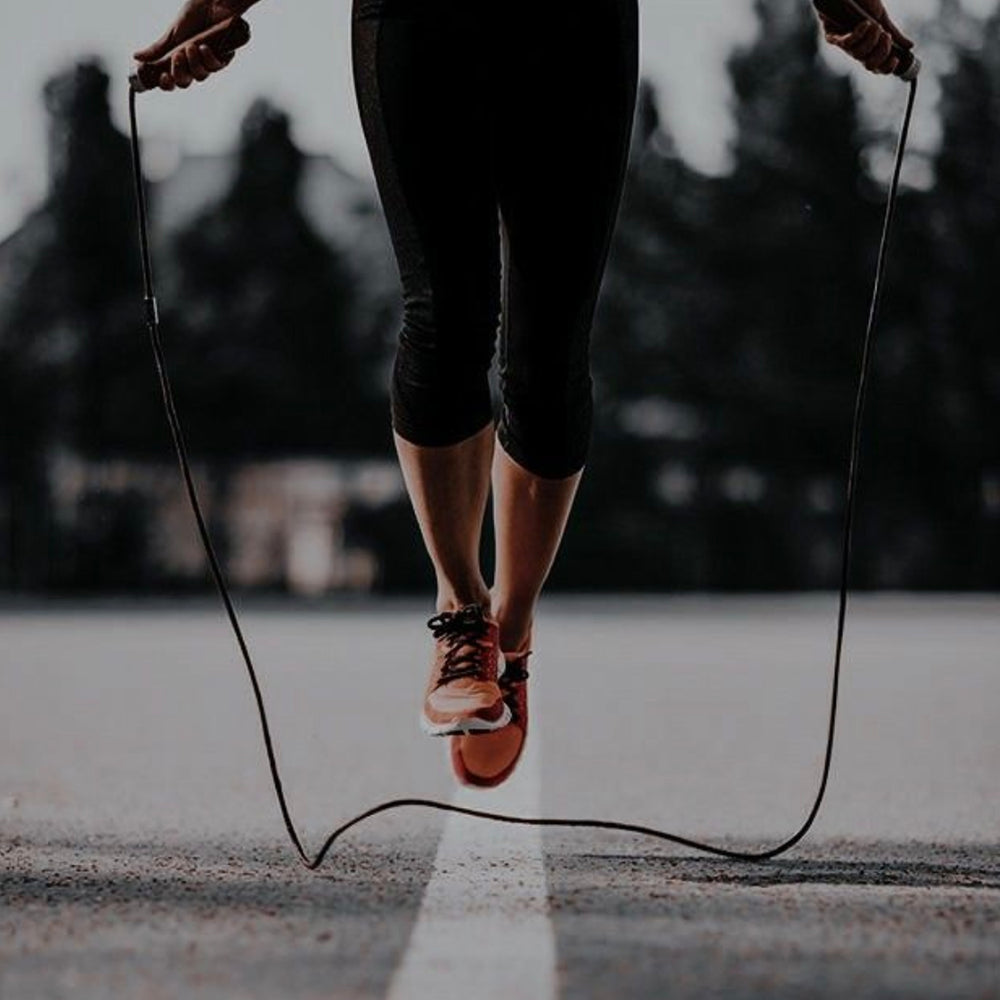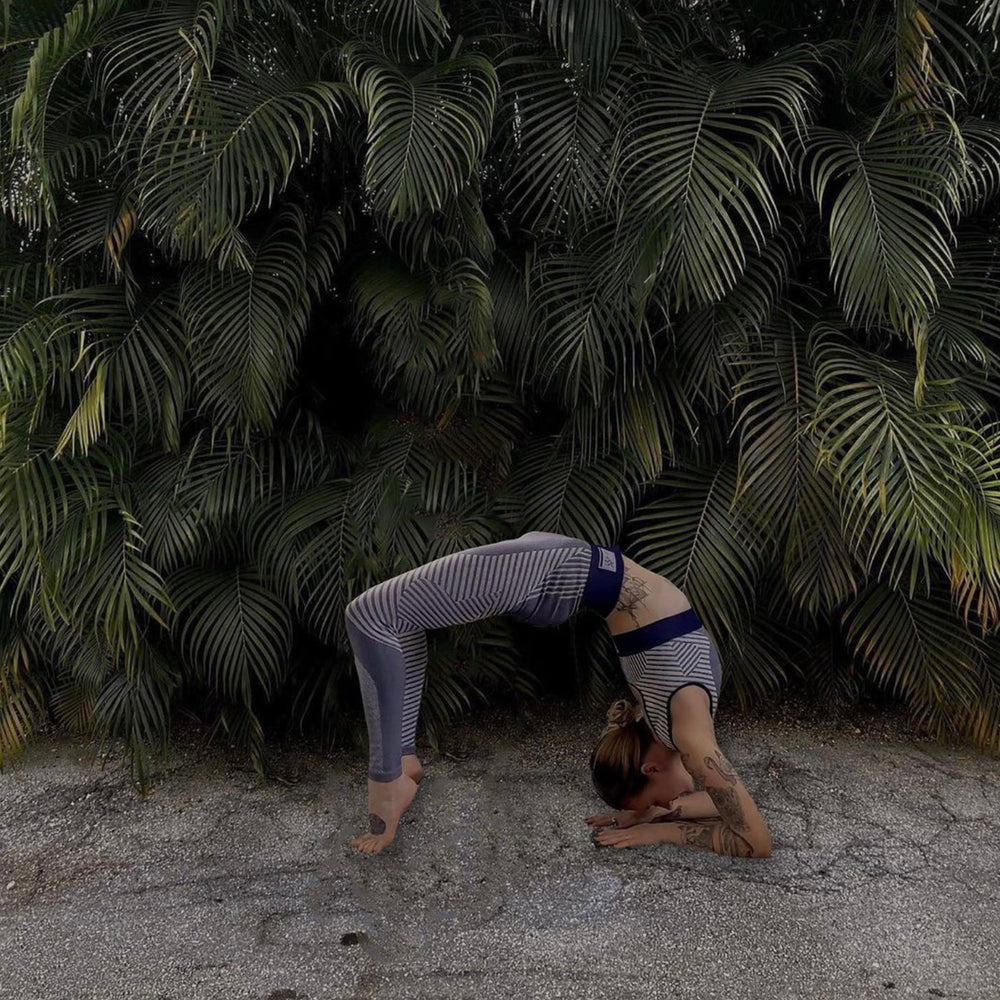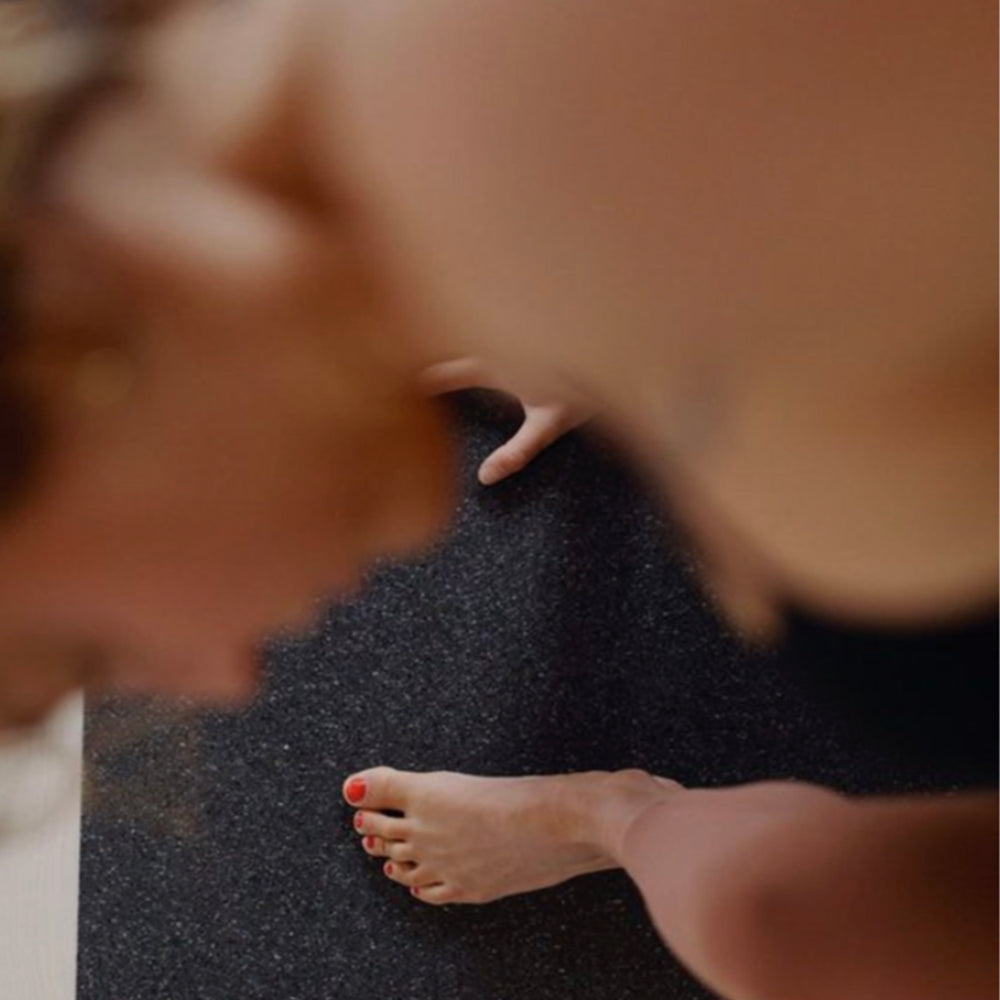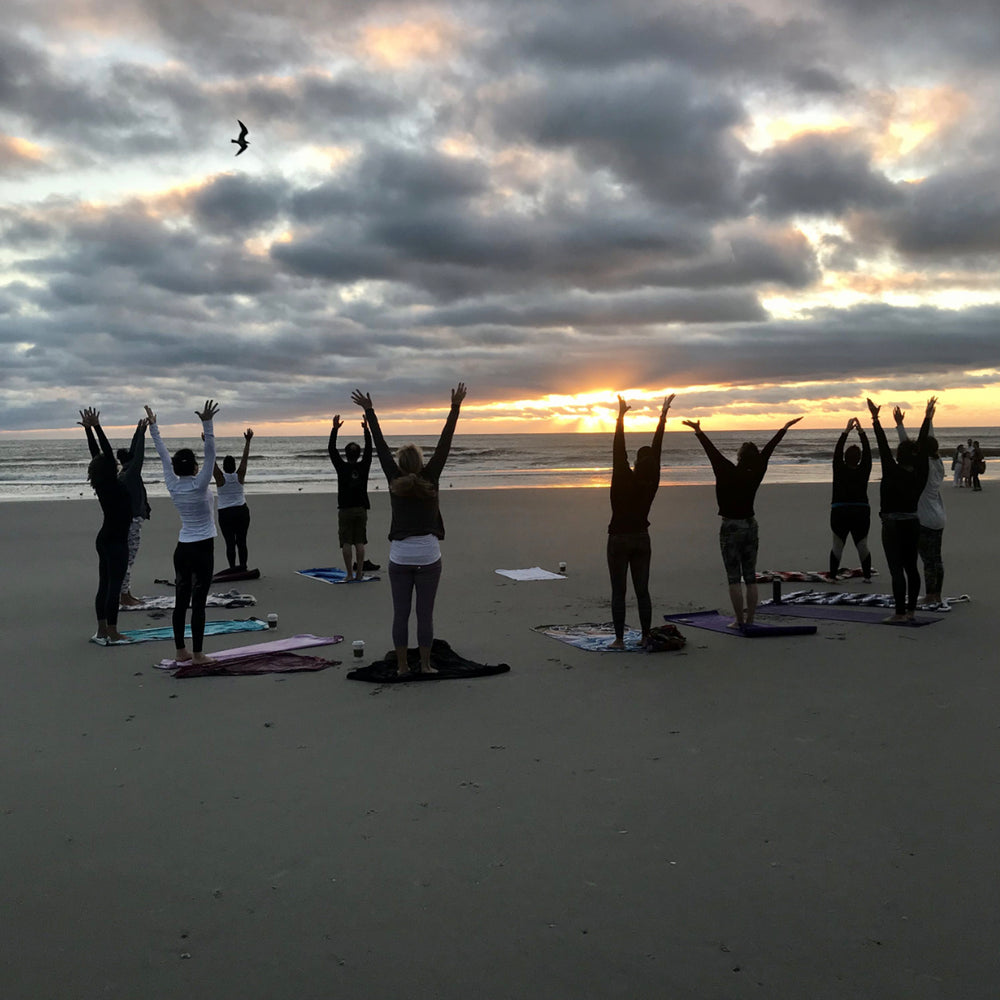 Backbending, a fundamental component of yoga and gymnastics, is not just about spine flexibility; it's a powerful practice that involves the entire body. From improving posture to enhancing spinal health, the benefits of backbends are manifold. However, they can be challenging and require proper technique to avoid injury. This article serves as a comprehensive guide to mastering backbends safely and effectively.
Understanding Backbends
Backbends are a type of spinal extension that counteracts our usual forward-bending activities. They open up the front body, strengthen the back body, and improve spinal mobility. There are various levels of backbends, ranging from beginner to advanced, making them accessible to practitioners of all levels.
Benefits of Backbends
1. Spinal Health: They promote flexibility and strength in the spine.
2. Improved Posture: By strengthening the back muscles, they counteract slouching.
3. Chest and Lung Expansion: They open up the chest, enhancing lung capacity and breathing.
4. Emotional Release: Often linked with releasing emotions, they can be uplifting and energizing.
Preparing for Backbends
Building a Foundation
1. Warm-Up: Engage in a full-body warm-up focusing on the spine, hips, and shoulders. This could include exercises like cat-cow stretches, pelvic tilts, and gentle twisting.
2. Strengthen Core and Back: Incorporate exercises to strengthen the core, glutes, and back muscles, as these provide support in backbends.
3. Increase Flexibility: Work on shoulder and hip flexibility through stretches like shoulder openers and lunges.
Understanding Alignment
Proper alignment is crucial in backbends to prevent strain and injury. Key alignment points include:
- Keeping the feet and legs parallel.
- Engaging the core to support the lower back.
- Aligning hips over knees in upright backbends.
- Keeping the neck long and relaxed.
Basic Backbends for Beginners
Cobra Pose (Bhujangasana)
Lie face down, place hands under shoulders, hug elbows to the body. Press into hands, lift the chest off the floor, engaging back muscles. Keep hips grounded and shoulders away from ears.
Bridge Pose (Setu Bandhasana)
Lie on your back, bend knees, and place feet hip-width apart. Press into feet, lift hips towards the ceiling. Clasp hands under the back or use a yoga block for support.
Camel Pose (Ustrasana)
Kneel with knees hip-width apart. Place hands on the lower back or heels. Push hips forward, lift the chest, and gently arch back.
Progressing to Intermediate Backbends
Bow Pose (Dhanurasana)
Lie face down, bend knees, and hold ankles. Lift chest and thighs off the floor, balancing on the abdomen. Keep knees hip-width apart.
Wheel Pose (Urdhva Dhanurasana)
Lie on your back, bend knees. Place hands by ears, fingertips pointing towards shoulders. Press into feet and hands, lifting the body into a full backbend.
Advanced Backbending Techniques
1. Drop Backs: Progress from standing into a wheel pose, requiring significant flexibility and strength.
2. King Pigeon Pose (Raja Kapotasana): An advanced pose combining backbending and hip opening.
Safety Tips and Modifications
1. Listen to Your Body: Never push into pain or discomfort.
2. Use Props: Blocks, bolsters, and straps can provide support and alignment.
3. Gradual Progression: Gradually increase the intensity of backbends; don't rush into advanced poses.
4. Focus on Technique: Prioritize proper form over depth.
5. Cool Down:** Engage in counterposes like forward folds or gentle twists after backbending.
Troubleshooting Common Challenges
Tight Shoulders: Incorporate shoulder stretches and mobility exercises.
Lower Back Pain: Strengthen the core, and ensure proper pelvis and hip alignment.
Fear of Falling: Practice with a spotter or against a wall for support.
Incorporating Backbends into Your Routine
Regular Practice
Consistency is key. Include a variety of backbends in your regular practice, gradually increasing the intensity.
Mindful Breathing
Use breath to deepen and ease into backbends. Inhale to prepare and lengthen; exhale to deepen the bend.
Balancing with Counterposes
Balance your backbends with forward folds and neutralizing poses to maintain spinal health.
Backbending is a transformative practice with numerous physical and emotional benefits. It requires patience, dedication, and proper technique. Whether you're a beginner or looking to deepen your practice, remember that backbending is a journey. Honor your body's limits, focus on alignment, and celebrate your progress, however small. With consistent practice, backbends can not only enhance your flexibility and strength but also bring joy and vitality to your life. Embrace the challenge and enjoy the journey to a healthier, more flexible spine.
|



















